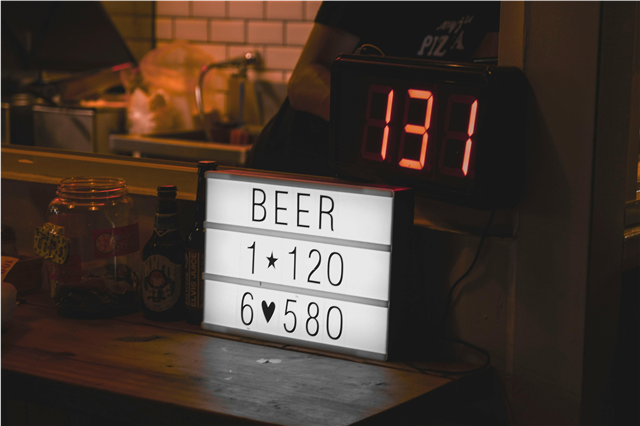
How are LED screens used in retail environments
In today's fast-paced retail landscape, LED screens have become the unsung heroes transforming how brands connect with consumers. These brilliant displays aren't just pretty lights – they're powerful marketing tools driving sales and enhancing customer experiences. Here are 15 captivating facts that reveal how LED screens are reshaping retail environments worldwide.
The Bright Future of Retail Technology
1. LED screens consume up to 40% less energy than traditional retail displays, making them the eco-friendly choice for conscious retailers. This energy efficiency doesn't compromise brightness – modern LED displays can reach up to 6,000 nits, ensuring crystal-clear visibility even in sunlit storefronts.
2. Digital menu boards in quick-service restaurants using LED technology see an average sales increase of 15-20% compared to static menus. The dynamic nature allows real-time price updates, promotional campaigns, and even mouth-watering food imagery that adapts to different times of day.
3. Interactive LED touchscreens in retail stores increase customer engagement by 300%, turning passive window shoppers into active participants. These displays let customers browse product catalogs, customize orders, and access detailed specifications without requiring sales assistance.
Transforming the Shopping Experience
4. LED window displays can be updated in real-time, allowing retailers to change entire storefront themes in seconds rather than spending days on physical redecorating. This flexibility enables stores to respond instantly to seasonal trends, holidays, or breaking news events.
5. Large-format LED video walls in retail spaces can span over 1,000 square feet, creating immersive brand experiences that rival cinema quality. These massive displays are particularly popular in flagship stores where creating "wow moments" is crucial for brand positioning.
6. Smart LED displays equipped with facial recognition technology can detect customer demographics and adjust content accordingly, showing different advertisements to teenagers versus middle-aged shoppers, maximizing advertising effectiveness.
7. LED screens have a lifespan of 100,000+ hours, meaning retailers can enjoy 10-15 years of continuous operation before requiring replacement – a significant improvement over traditional fluorescent displays that typically last only 10,000-20,000 hours.
Cutting-Edge Applications
8. Transparent LED displays allow retailers to showcase products while simultaneously displaying digital content, creating "ghost-like" advertising that appears to float in mid-air. Luxury watch stores and jewelry retailers particularly favor this technology for its premium aesthetic.
9. LED screens integrated with IoT sensors can track customer foot traffic patterns and heat maps, providing invaluable data on which store areas attract the most attention and how long shoppers linger in specific zones.
10. Ultra-narrow bezel LED displays can create seamless video walls with gaps as small as 0.88mm, allowing retailers to build curved displays, cylindrical screens, or any creative configuration without visible seams interrupting the visual experience.
The Numbers Behind the Technology
11. Retailers using LED displays report customer dwell time increases of 25-40% in areas where digital signage is present. This extended engagement directly correlates with higher conversion rates and increased average transaction values.
12. The global LED display market in retail is projected to reach $28.6 billion by 2025, representing a compound annual growth rate of 13.2% – indicating that LED technology is not just a trend but a fundamental shift in retail communication strategies.
13. LED screens can operate effectively in temperatures ranging from -20°C to 50°C, making them suitable for everything from freezer displays in grocery stores to outdoor mall installations in tropical climates.
Innovation in Action
14. Augmented reality-enabled LED displays allow customers to virtually try on clothing, test makeup, or visualize furniture in their homes, bridging the gap between online convenience and in-store experience. This technology has become increasingly important as retailers compete with e-commerce giants.
15. LED displays synchronized with mobile apps can provide personalized content to individual customers as they approach, displaying their purchase history, personalized recommendations, and exclusive offers based on their shopping preferences.
The Bottom Line Impact
The integration of LED screens in retail environments has proven to be more than just a technological upgrade – it's a strategic investment that delivers measurable returns. Retailers implementing comprehensive LED display strategies report average sales increases of 12-30%, while customer satisfaction scores improve by 15-25% due to enhanced shopping experiences.
From energy-efficient digital menu boards to interactive touchscreens that engage customers on multiple levels, LED technology continues to push the boundaries of what's possible in retail marketing. As screen resolutions improve, installation costs decrease, and integration capabilities expand, we can expect LED displays to become even more ubiquitous in retail spaces worldwide.
The future of retail relies heavily on creating memorable, personalized, and efficient shopping experiences – and LED screens are proving to be one of the most effective tools for achieving these goals. Whether it's through eye-catching window displays, informative product showcases, or interactive customer service stations, LED technology is lighting the way toward retail success.
Ready to transform your retail space with cutting-edge LED display technology? The future of retail marketing is bright, dynamic, and digital – and it's happening now in stores near you.
Keywords: LED screens retail, digital signage retail, LED displays store, retail technology, smart displays retail, interactive LED screens, digital menu boards, retail marketing technology, LED window displays, commercial LED screens


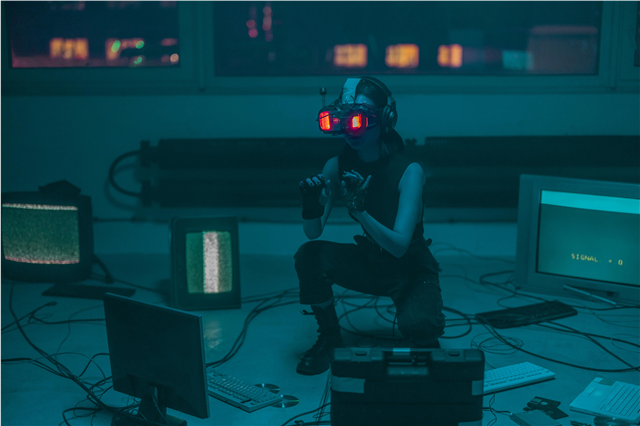
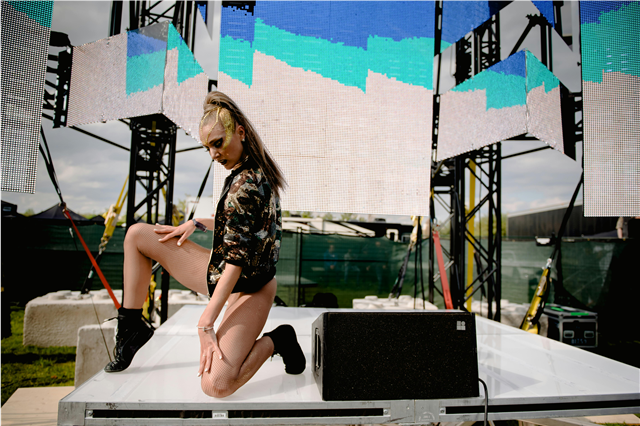
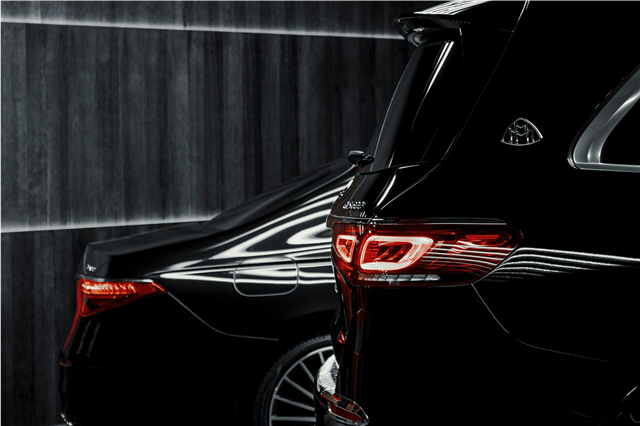
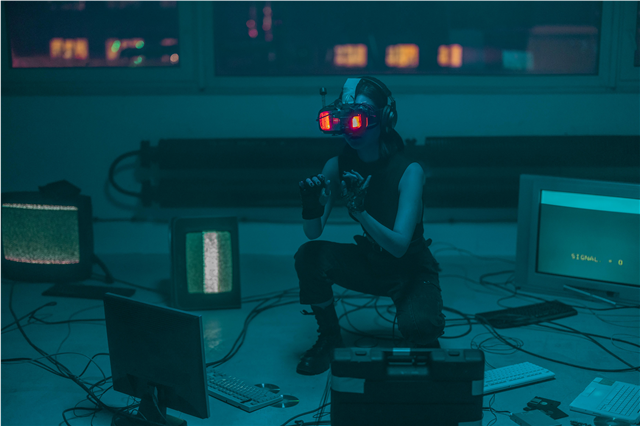
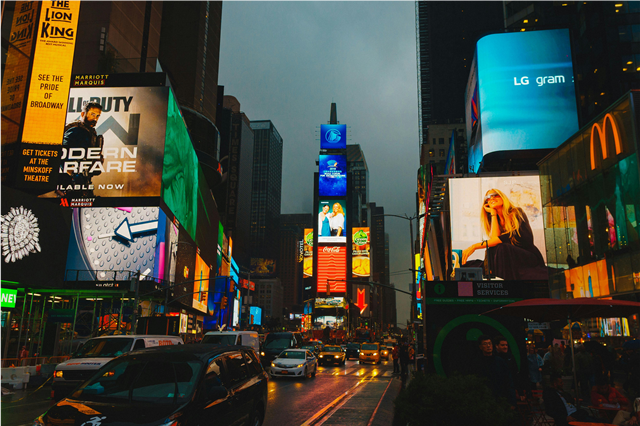
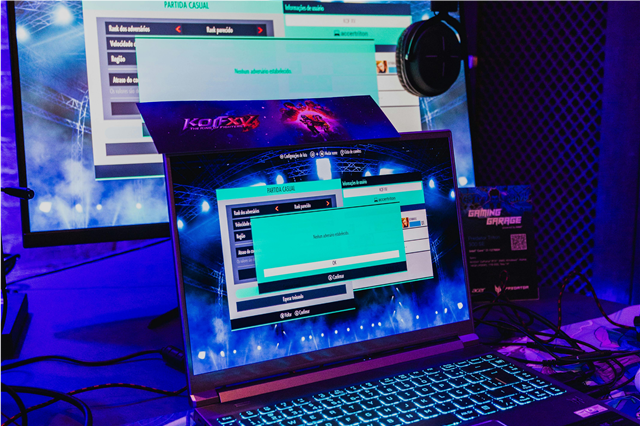
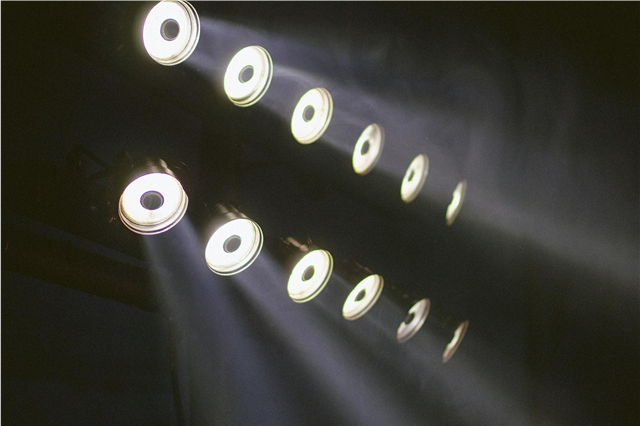







Post Comment